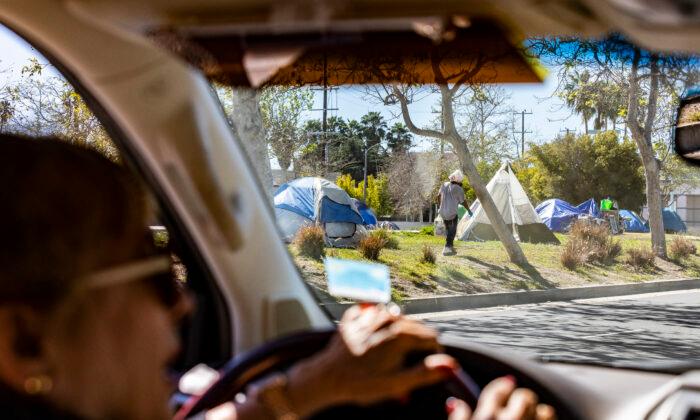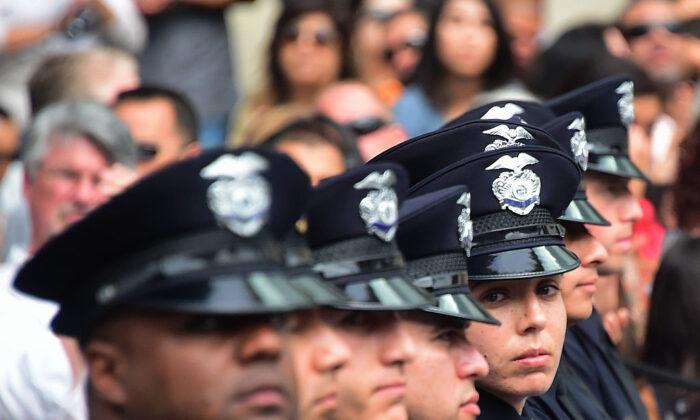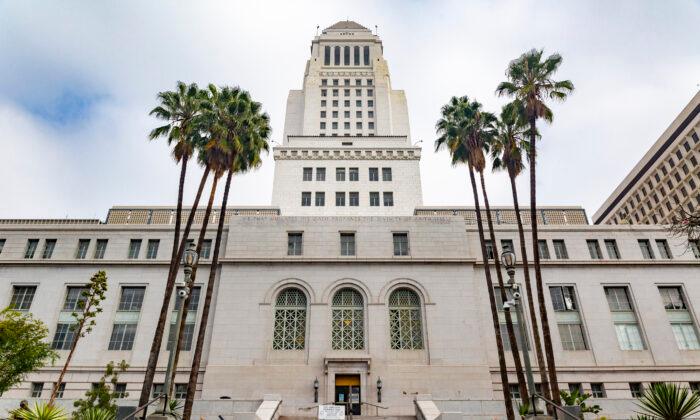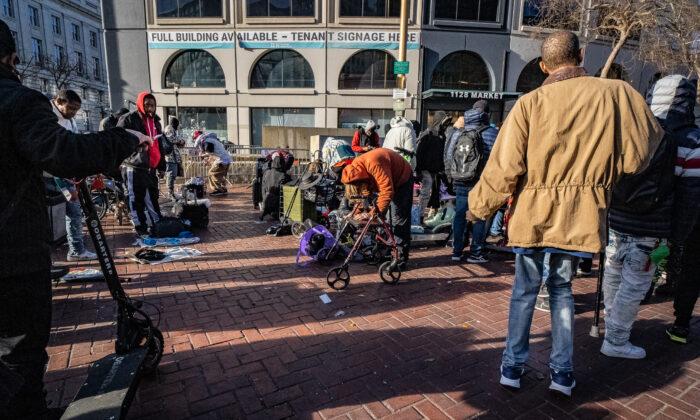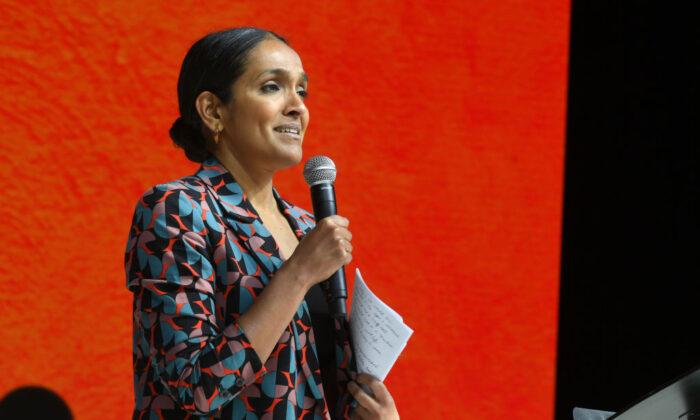LOS ANGELES—The race is on for who will replace Councilman Mike Bonin in Los Angeles’s District 11, which encompasses the Westside of the city and many of the pacific coast’s lavish beach towns. In the running are candidates Erin Darling, Traci Park, Mike Newhouse, Greg Good, and Allison Holdorff Polhill.
During a March 28 online discussion—dubbed the “Mobility Debate,” put on by progressive transportation group Streets for All—candidates shared their vision for a more “equitable” street mobility plan that addresses “housing, homelessness, and climate change.”
The City of Los Angeles already has a transportation vision in place—the Mobility Plan 2035—which is part of the city’s general plan introduced in 2015. Since its inception, 37 miles of 500 planned bike lanes have been implemented and only 30 miles of 208 miles of planned bus lanes have been built, equating to roughly 3 percent of the overall plan, a problem that caused Streets for All to ask the candidates how they would reform it.
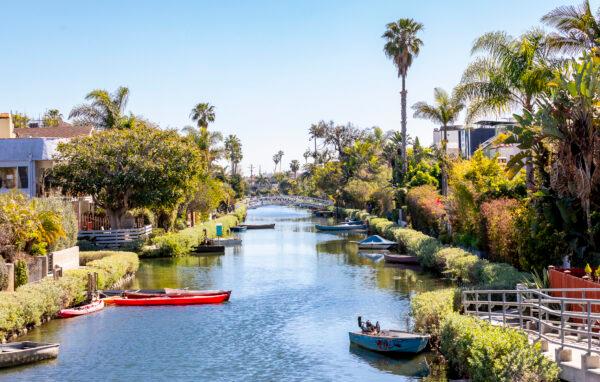
All of the candidates, minus frontrunner Park, who was absent for the debate because of a family emergency, said they would either consider or reform the mobility plan with community input.
Streets for All moderators asked candidates whether they would implement the city’s mobility plan in district 11, even if it came “at the expense of car space.” Each candidate agreed, with Good saying there would have to be “really robust community engagement” with stakeholders and small business owners who would be directly affected.
“But with that said, I think that dedicated bus lanes are crucial in terms of equity,” said Good, former president of the City of Los Angeles Board of Public Works.
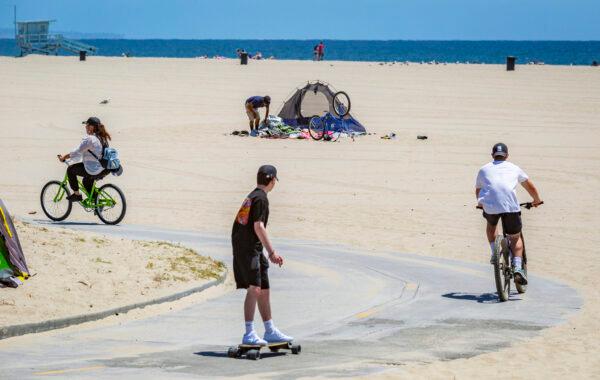
Polhill, a former Palisades Charter High School trustee, said she would push the mobility plan and that “bus lanes usually come at the expense of parking, not traffic.”
“And that’s a concept that people need to understand. We need to reduce congestion because that’s getting people out of their cars,” she said.
Darling, a Venice-based attorney, went a bit further and said the city needs to “create infrastructure” to “get people out of their cars and incentivize bus riding.”
“And that means allowing the bus to actually be faster, oftentimes in congested places,” he said. “At the end of the day, this is about infrastructure and for places to be more walkable. It needs to allow for things other than cars to be in the space, and so I think the bus-only lanes have to come in conjunction also with bicycle lanes and verification and also for businesses.”
Newhouse, a land-use and planning attorney, agreed with the other candidates and noted that affordable housing also needs to be part of the mobility plan.
“We need to bring the housing to the area that already has retail use, that already has commercial use, and will allow people to live most of their lives in their community within a few blocks of themselves for their needs and not have to get into their car for basic services,” he said.
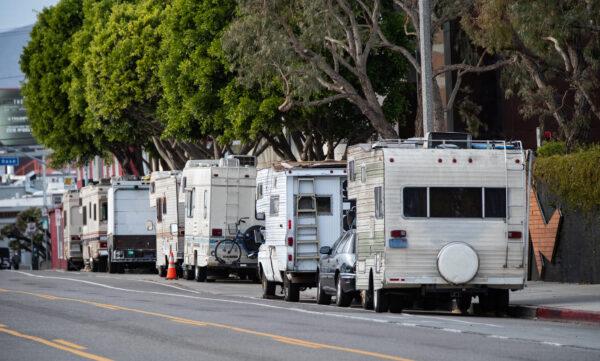
The 25 x 25 challenge, which Streets for All is asking the city council to endorse, would give 25 percent of all street space “back to people” by repurposing streets to include outdoor dining, bike and bus lanes, and more pedestrian space, according to the campaign website. The group asked candidates whether they supported the challenge, which follows New York’s 25 x 25 plan.
Each candidate was asked to sign onto 25 x 25, but so far, only Polhill has officially endorsed it.
It’s unclear how much the program would cost.
